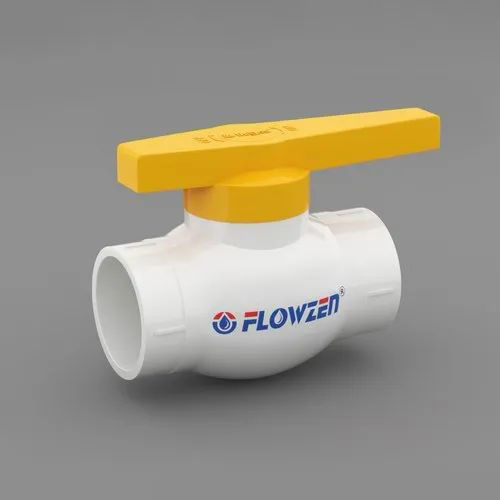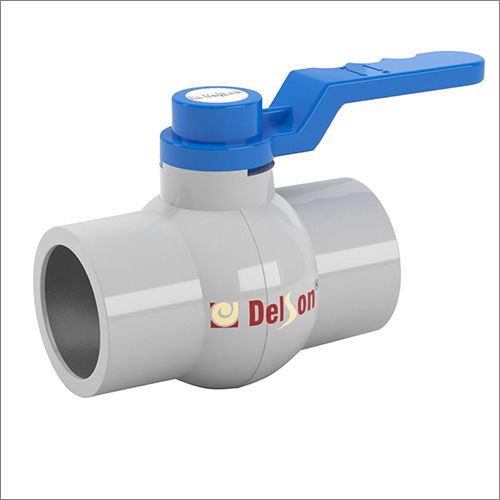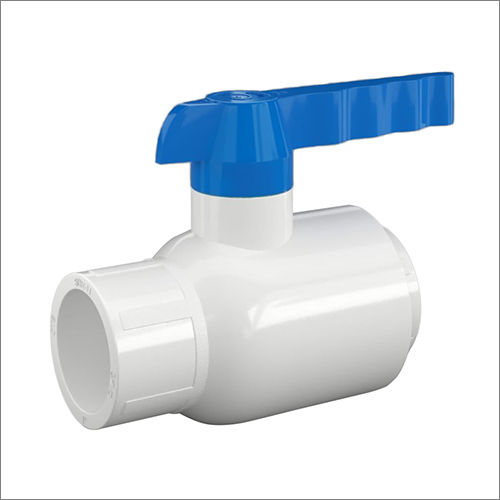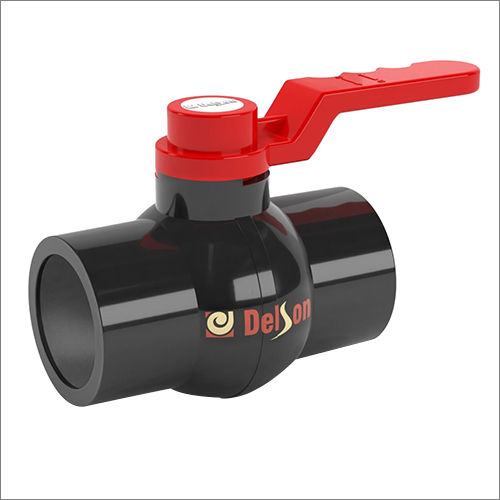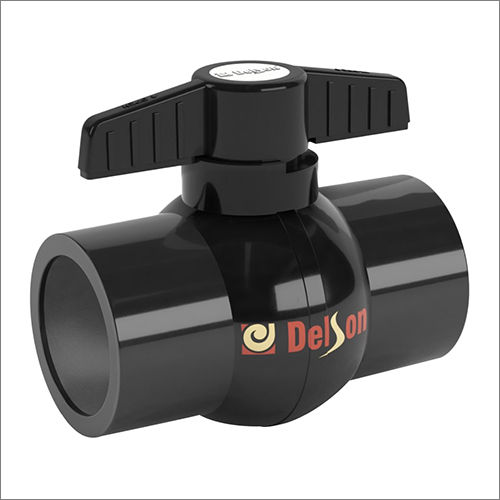Call us: 08045800295
R PVC AND UPVC Ball Valve
Product Details:
- Product Type Ball Valve
- Color White
- Size 15 mm to 50 mm
- Click to View more
R PVC AND UPVC Ball Valve Price And Quantity
- 45 INR/Piece
- 100 Piece
R PVC AND UPVC Ball Valve Product Specifications
- Ball Valve
- White
- 15 mm to 50 mm
Product Description
Technical Description of R PVC and UPVC Ball Valves
1. Material Composition
- R PVC (Rigid Polyvinyl Chloride)
- Properties Rigid and durable, resistant to impact and many chemicals.
- Applications Often used in plumbing, irrigation, and industrial applications.
- UPVC (Unplasticized Polyvinyl Chloride)
- Properties A type of PVC that does not contain plasticizers, making it stiffer and more dimensionally stable.
- Applications Commonly used in high-pressure systems, water distribution, and wastewater treatment.
2. Design Features
- Body Construction
- Type Typically a full port design for maximum flow with minimal pressure loss.
- Connections Available in various connection types, including threaded (NPT/BSP), socket weld, and flanged options.
- Ball and Seat
- Ball Material Made from the same PVC or UPVC material, ensuring compatibility and longevity.
- Seat Material Often features EPDM or PTFE seals for excellent sealing capabilities and resistance to wear.
3. Specifications
- Size Range
- Commonly available in sizes ranging from 1/2 inch to 6 inches, with larger sizes available upon request.
- Pressure Rating
- Typically rated for working pressures up to 150 psi at room temperature; ratings may vary with temperature and specific material grades.
- Temperature Range
- Generally suitable for temperatures from -20F to 140F (-29C to 60C); UPVC can handle slightly higher temperatures depending on the formulation.
4. Applications
- R PVC Ball Valves
- Used in various plumbing systems, irrigation, and industrial fluid control applications.
- UPVC Ball Valves
- Ideal for high-pressure applications, such as water treatment, chemical processing, and HVAC systems.
5. Advantages
- Corrosion Resistance Both R PVC and UPVC offer excellent resistance to corrosion, making them suitable for various environments.
- Lightweight Easier to handle and install compared to metal valves.
- Cost-Effective Generally more affordable with lower maintenance requirements.
6. Installation
- Simple installation procedures with clear guidelines for threading, socket welding, or flanging.
- Requires appropriate sealing methods (like PTFE tape) for threaded connections to ensure leak-proof installations.
Always refer to the specific manufacturer™s guidelines for detailed specifications and installation instructions to ensure optimal performance and compatibility in your applications.

Price:
- 50
- 100
- 200
- 250
- 500
- 1000+

 English
English Spanish
Spanish French
French German
German Italian
Italian Chinese (Simplified)
Chinese (Simplified) Japanese
Japanese Korean
Korean Arabic
Arabic Portuguese
Portuguese